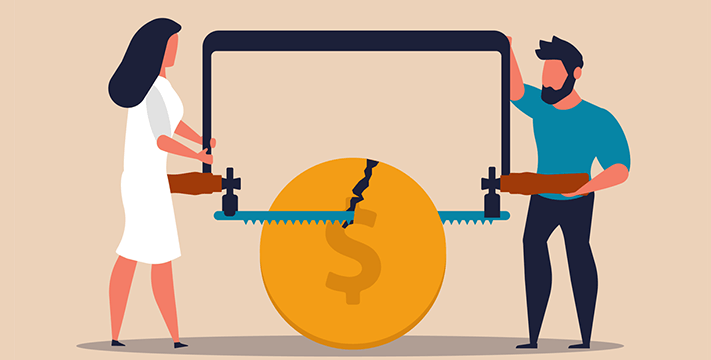In today’s economic climate, many people are looking for ways to tighten their budgets and save more money. Whether you’re aiming to build your savings, pay off debt, or simply reduce financial stress, cutting expenses by $500 per month can make a significant difference. Here, we’ll explore practical strategies and tips that can help you achieve this goal.
1. Track Your Spending
The first step in cutting expenses is to understand where your money is going. Track your spending for a month to identify patterns and areas where you can make adjustments. Use apps or budgeting tools like Mint or YNAB (You Need A Budget) to categorize expenses and analyze your financial habits.
2. Create a Budget
Once you have a clear picture of your spending habits, create a realistic budget that aligns with your financial goals. Allocate specific amounts for necessities like housing, utilities, groceries, transportation, and debt payments. Be sure to include categories for discretionary spending such as entertainment and dining out.
3. Reduce Housing Costs
Housing is often the largest expense for many households. Consider ways to reduce this cost:
– Refinance your mortgage to lower your monthly payments.
– Downsize to a smaller or more affordable home or apartment.
– Rent out a spare room or consider house hacking (living in a multi-unit property and renting out the other units).
4. Cut Utility Bills
Utilities can be another significant expense. Implement these strategies to reduce costs:
– Use energy-efficient appliances and light bulbs.
– Install a programmable thermostat and use it to regulate heating and cooling.
– Negotiate with your service providers for lower rates or switch to cheaper alternatives.
5. Trim Transportation Costs
Transportation expenses can add up quickly. Consider these cost-saving measures:
– Use public transportation or carpool to reduce fuel costs.
– Downsize to a more fuel-efficient vehicle if possible.
– Minimize unnecessary trips and combine errands to save on gas.
6. Cut Back on Food Expenses
Food is another area where significant savings can be achieved:
– Plan meals and create a grocery list to avoid impulse buys.
– Cook at home more often and reduce dining out expenses.
– Take advantage of sales, coupons, and discount programs at grocery stores.
7. Review Subscriptions and Memberships
Subscription services and memberships can quickly accumulate costs. Assess which ones you truly use and consider canceling or downsizing:
– Evaluate streaming services, gym memberships, and magazine subscriptions.
– Look for free or lower-cost alternatives for entertainment and fitness.
8. Reduce Entertainment Costs
Entertainment expenses can often be scaled back without sacrificing enjoyment:
– Opt for free or low-cost activities such as hiking, community events, or visiting local museums.
– Host gatherings at home instead of going out to restaurants or bars.
9. Lower Insurance Premiums
Insurance premiums for health, auto, and home can vary widely. Shop around for better rates and consider these options:
– Increase deductibles to lower monthly premiums.
– Bundle insurance policies with the same provider for discounts.
– Review your coverage regularly to ensure you’re not over-insured.
10. Cut Out Unnecessary Expenses
Evaluate all discretionary spending and identify areas where you can cut back:
– Reduce spending on clothing, gadgets, and other non-essential items.
– Avoid impulse purchases and stick to your budget.
11. Increase Income
While the focus is on cutting expenses, increasing your income can also help achieve your financial goals:
– Take on a part-time job or freelance work.
– Sell unused or unwanted items online or at a garage sale.
– Consider monetizing hobbies or skills through tutoring, crafting, or consulting.
12. Monitor and Adjust
Once you’ve implemented these strategies, monitor your progress regularly and make adjustments as needed:
– Review your budget monthly to track expenses and identify areas for further savings.
– Celebrate milestones and stay motivated by seeing your savings grow.
Conclusion
By implementing these practical strategies and making conscious choices about your spending habits, you can realistically cut expenses by $500 per month. Remember, small changes add up over time, and financial freedom is within reach with disciplined budgeting and smart money management. Start today and take control of your finances for a more secure future.
